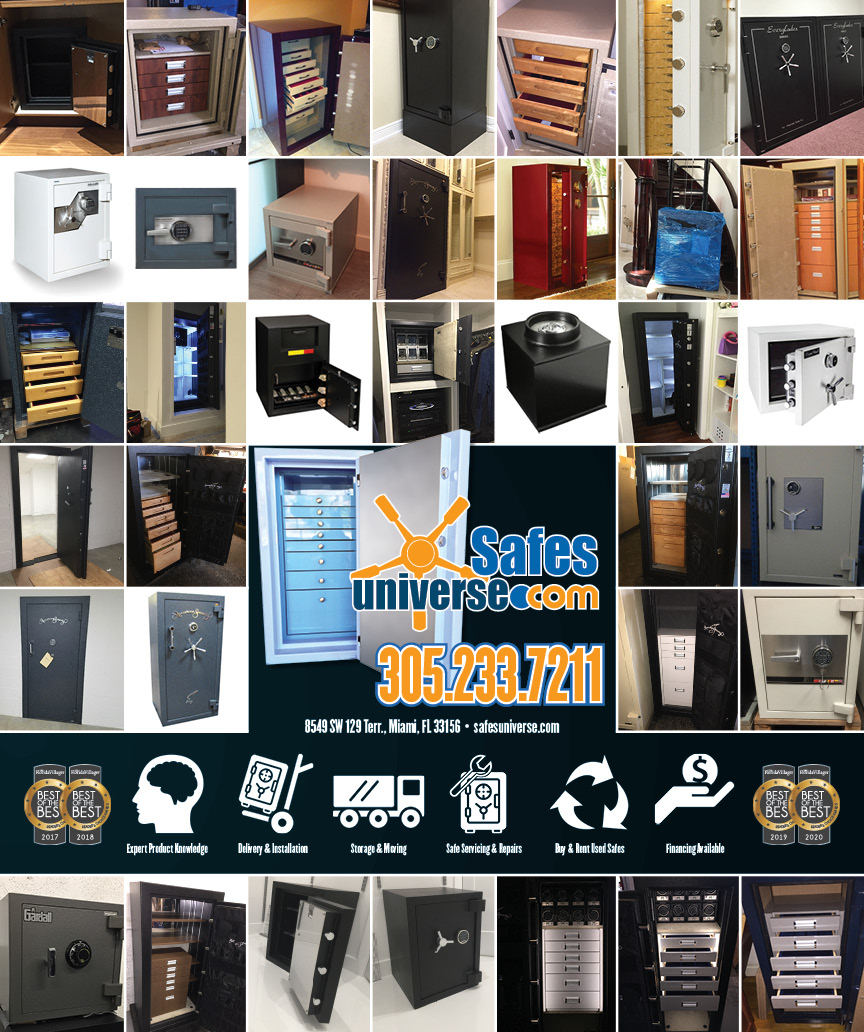Sometimes, downsizing your office is a smart strategic move. It could be to save money, adapt to a hybrid work model, streamline operations, and more. Whatever the reason, making changes to your workspace can position your business for long-term success. However, the transition can be challenging without a clear plan. Here’s how to successfully downsize your business’s office.
Find a New Location That Meets Your Needs
Downsizing doesn’t mean settling for less—it means finding a space that fits your updated priorities. Start by listing your absolute must-haves, like proximity to public transport or space for customer-facing areas. Assess how much square footage you genuinely need by evaluating employee in-office schedules and storage requirements. Touring spaces with flexibility in leases is key; you want a location that aligns with your current goals while leaving room for future changes.
Have a Plan for Overflow Equipment and Tech
When you move into a smaller office space, you’ll probably have extra furniture, equipment, or technologies that no longer fit. Create a plan for handling these items before your move.
Can you sell, donate, or store them? Be deliberate about what stays and what goes—downsizing is the perfect opportunity to declutter outdated or underused items.
Selling equipment not only clears up space but also adds to your moving budget. However, you might need to hold onto certain things for future needs. In this case, you should consider leasing a storage trailer for a mobile, relatively affordable solution.
Reestablish Your Budgeting and Expenses in the New Space
A smaller office equals smaller operating costs, right? Not always. After downsizing, revisit your budget to account for new expenses like moving costs, storage fees, or potential utility adjustments. Be intentional about reallocating your savings into areas that drive growth, such as employee development or updated technologies. Keeping your budgeting sharp ensures downsizing remains a smart financial move.
Handle Any Layoffs Transparently and Respectfully
If your downsizing efforts include reducing staff, do so with maximum transparency. Communicate early, clearly, and with empathy, offering support like severance pay or job placement services when possible. Keep your existing team informed about the reasons behind any layoffs and how the company is adapting. Handling this responsibly preserves your reputation as a fair employer.
Get Into a Groove Before Starting Ambitious Projects
After downsizing, prioritize settling into the new space and establishing a productive routine. Let your team adjust to the environment, organize workflows, and troubleshoot any issues that arise. Rushing into huge projects right away will be unnecessarily stressful for your team. Once you’ve settled, you’ll have a solid foundation to take on ambitious goals without hiccups.
Knowing how to successfully downsize your business’s office is about more than just cutting space. With the right approach, you position your business for efficiency, growth, and future success. Careful planning, communication, and adaptability are the keys to thriving through this transition.










 Deering Estate
Deering Estate
 Massage Envy South Miami
Massage Envy South Miami
 Calla Blow Dry
Calla Blow Dry
 My Derma Clinic
My Derma Clinic
 Sushi Maki
Sushi Maki
 Sports Grill
Sports Grill
 The Healthy Kitchen
The Healthy Kitchen
 Golden Rule Seafood
Golden Rule Seafood
 Malanga Cuban Café
Malanga Cuban Café

 Kathleen Ballard
Kathleen Ballard
 Panter, Panter & Sampedro
Panter, Panter & Sampedro
 Vintage Liquors
Vintage Liquors
 The Dog from Ipanema
The Dog from Ipanema
 Rubinstein Family Chiropractic
Rubinstein Family Chiropractic
 Your Pet’s Best
Your Pet’s Best
 Indigo Republic
Indigo Republic




 ATR Luxury Homes
ATR Luxury Homes


 2112 Design Studio
2112 Design Studio
 Hamilton Fox & Company
Hamilton Fox & Company
 Creative Design Services
Creative Design Services
 Best Pest Professionals
Best Pest Professionals
 HD Tree Services
HD Tree Services
 Trinity Air Conditioning Company
Trinity Air Conditioning Company
 Cisca Construction & Development
Cisca Construction & Development
 Mosquito Joe
Mosquito Joe
 Cutler Bay Solar Solutions
Cutler Bay Solar Solutions


 Miami Royal Ballet & Dance
Miami Royal Ballet & Dance
 Christopher Columbus
Christopher Columbus
 Pineview Preschools
Pineview Preschools
 Westminster
Westminster
 Carrollton
Carrollton
 Lil’ Jungle
Lil’ Jungle
 Frost Science Museum
Frost Science Museum
 Palmer Trinity School
Palmer Trinity School
 South Florida Music
South Florida Music
 Pinecrest Orthodontics
Pinecrest Orthodontics
 Dr. Bob Pediatric Dentist
Dr. Bob Pediatric Dentist
 d.pediatrics
d.pediatrics
 South Miami Women’s Health
South Miami Women’s Health

 The Spot Barbershop
The Spot Barbershop
 My Derma Clinic
My Derma Clinic




 Miami Dance Project
Miami Dance Project

 Rubinstein Family Chiropractic
Rubinstein Family Chiropractic
 Indigo Republic
Indigo Republic

 Safes Universe
Safes Universe
 Vintage Liquors
Vintage Liquors
 Evenings Delight
Evenings Delight





 Atchana’s Homegrown Thai
Atchana’s Homegrown Thai
 Baptist Health South Florida
Baptist Health South Florida

 Laser Eye Center of Miami
Laser Eye Center of Miami
 Visiting Angels
Visiting Angels
 OpusCare of South Florida
OpusCare of South Florida

 Your Pet’s Best
Your Pet’s Best





 HD Tree Services
HD Tree Services
 Hamilton Fox & Company
Hamilton Fox & Company


 Creative Design Services
Creative Design Services